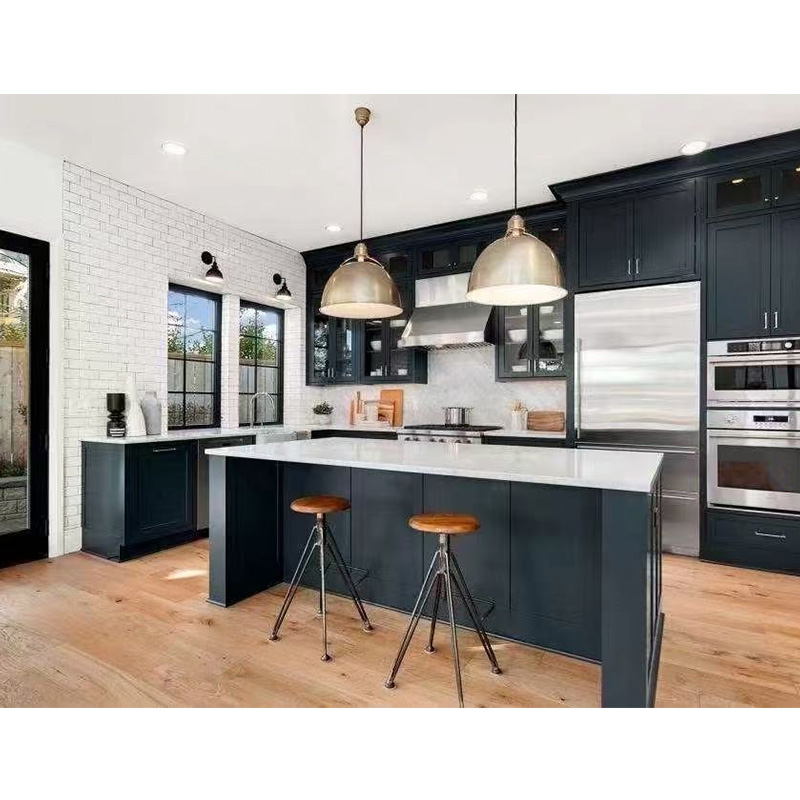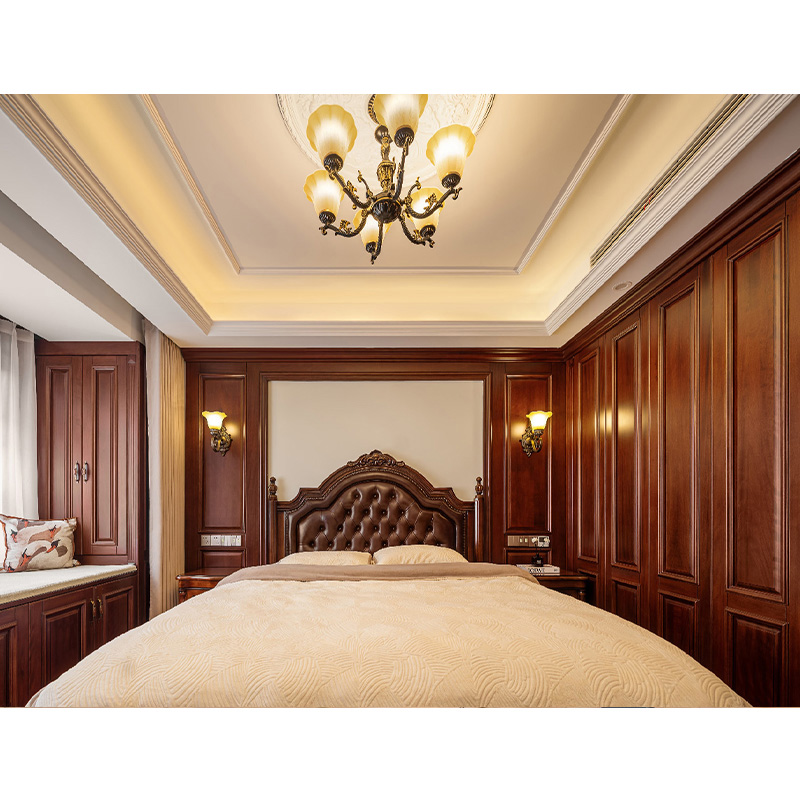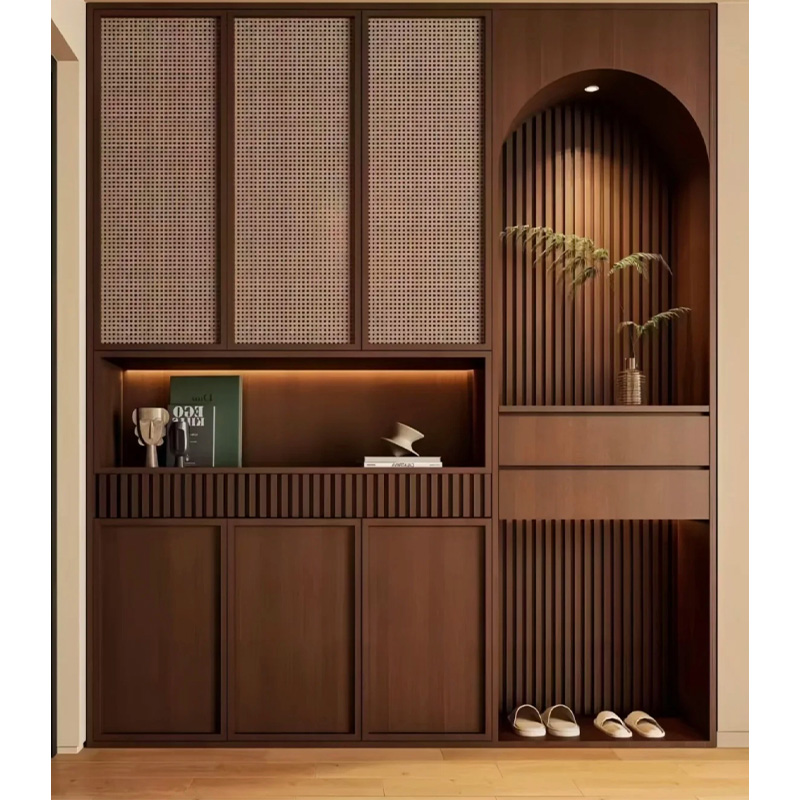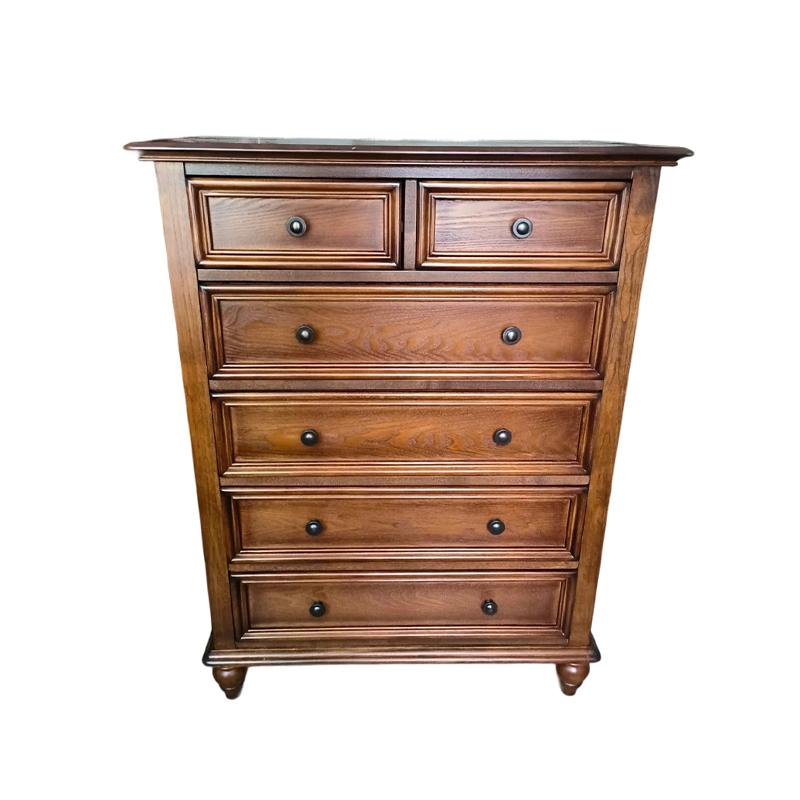Why is a separate shoe cabinet essential in the entryway?
Release Time : 2025-10-29
The entryway, as a transitional space between home and the outside world, is the first stop for people entering and leaving their residence, and a buffer zone for changing paces of life. It not only serves to welcome visitors but also subtly influences the cleanliness and order of the entire home. In modern home design, a separate shoe cabinet is gradually transforming from "optional" to "indispensable." So, why is a separate shoe cabinet essential in the entryway? The answer lies not only in the basic function of storing shoes but also in its profound impact on hygiene management, spatial order, lifestyle habits, and even family health.
An entryway without a shoe cabinet often becomes a place where shoes are haphazardly piled up. Shoes taken off upon entering are carelessly kicked against the wall, and hurriedly rummaged through before leaving not only ruins the visual aesthetics but also makes the already small space appear even more cluttered. This disorderly state, if prolonged, subtly affects the emotions and psychology of the residents, creating a sense of chaos and pressure upon entering. A dedicated shoe cabinet provides a specific place for each pair of shoes, whether they are everyday work shoes, sneakers, or slippers for guests, ensuring the entryway remains clean and organized.
More importantly, dust, dirt, bacteria, and rainwater carried by shoe soles are the primary carriers of outdoor pollutants entering the home. If shoes are placed directly on the floor or carpet, these contaminants will be carried into the living room, bedroom, and even kitchen with each step, increasing cleaning burden and affecting indoor air quality. A dedicated shoe cabinet, through its enclosed or semi-enclosed design, physically separates shoes from living areas, effectively blocking the path of contamination. Some shoe cabinets also feature a bottom dust collection area or a removable tray for easy centralized cleaning, further enhancing hygiene.
For families with elderly members, children, or pets, entryway order is even more crucial. Children can easily trip over scattered shoes while playing, and the elderly are prone to accidents due to obstacles in low light conditions. A well-designed shoe cabinet eliminates floor obstacles, ensuring safe passage. Meanwhile, fixed storage locations help family members develop good habits like "changing shoes upon entering and putting them away properly," which is especially beneficial for cultivating children's self-reliance and sense of rules.
A standalone shoe cabinet also enhances the practicality and comfort of the space. Many modern shoe cabinet designs integrate shoe-changing benches, coat hooks, and storage shelves, forming an integrated entryway system. Sitting down to change shoes no longer requires leaning against a wall or sofa, and personal items such as keys, bags, and umbrellas have temporary storage places, greatly improving convenience. This human-centered design transforms the entryway from a cold hallway into a warm and efficient starting point for the home.
In small apartments with limited space, the rational layout of a standalone shoe cabinet further demonstrates its value. Through vertical storage, flip-up designs, and pull-out shelves, shoe cabinets can achieve maximum storage capacity within a minimal footprint. Louvered doors and openwork designs ensure ventilation and aesthetics, preventing shoes from becoming damp, moldy, or developing odors. Some built-in or wall-mounted shoe cabinets can seamlessly integrate with the wall, maintaining a sense of openness and balancing functionality and visual appeal.
Furthermore, the shoe cabinet is the first impression of a home's style. Located in the most visible position upon entering, its materials, colors, and shapes directly influence the overall style of the space. A well-designed shoe cabinet not only meets practical needs but also harmonizes with the interior design, becoming a finishing touch that elevates the home's aesthetic.
From health, safety, and tidiness to shaping a lifestyle, the freestanding shoe cabinet has transcended its simple storage function, becoming an indispensable infrastructure in modern homes. It is not only the destination for shoes but also a symbol of civilized living order. An orderly entryway reflects a well-organized family life. Therefore, equipping yourself with a freestanding shoe cabinet is not a luxury but a respect for and investment in quality of life.
An entryway without a shoe cabinet often becomes a place where shoes are haphazardly piled up. Shoes taken off upon entering are carelessly kicked against the wall, and hurriedly rummaged through before leaving not only ruins the visual aesthetics but also makes the already small space appear even more cluttered. This disorderly state, if prolonged, subtly affects the emotions and psychology of the residents, creating a sense of chaos and pressure upon entering. A dedicated shoe cabinet provides a specific place for each pair of shoes, whether they are everyday work shoes, sneakers, or slippers for guests, ensuring the entryway remains clean and organized.
More importantly, dust, dirt, bacteria, and rainwater carried by shoe soles are the primary carriers of outdoor pollutants entering the home. If shoes are placed directly on the floor or carpet, these contaminants will be carried into the living room, bedroom, and even kitchen with each step, increasing cleaning burden and affecting indoor air quality. A dedicated shoe cabinet, through its enclosed or semi-enclosed design, physically separates shoes from living areas, effectively blocking the path of contamination. Some shoe cabinets also feature a bottom dust collection area or a removable tray for easy centralized cleaning, further enhancing hygiene.
For families with elderly members, children, or pets, entryway order is even more crucial. Children can easily trip over scattered shoes while playing, and the elderly are prone to accidents due to obstacles in low light conditions. A well-designed shoe cabinet eliminates floor obstacles, ensuring safe passage. Meanwhile, fixed storage locations help family members develop good habits like "changing shoes upon entering and putting them away properly," which is especially beneficial for cultivating children's self-reliance and sense of rules.
A standalone shoe cabinet also enhances the practicality and comfort of the space. Many modern shoe cabinet designs integrate shoe-changing benches, coat hooks, and storage shelves, forming an integrated entryway system. Sitting down to change shoes no longer requires leaning against a wall or sofa, and personal items such as keys, bags, and umbrellas have temporary storage places, greatly improving convenience. This human-centered design transforms the entryway from a cold hallway into a warm and efficient starting point for the home.
In small apartments with limited space, the rational layout of a standalone shoe cabinet further demonstrates its value. Through vertical storage, flip-up designs, and pull-out shelves, shoe cabinets can achieve maximum storage capacity within a minimal footprint. Louvered doors and openwork designs ensure ventilation and aesthetics, preventing shoes from becoming damp, moldy, or developing odors. Some built-in or wall-mounted shoe cabinets can seamlessly integrate with the wall, maintaining a sense of openness and balancing functionality and visual appeal.
Furthermore, the shoe cabinet is the first impression of a home's style. Located in the most visible position upon entering, its materials, colors, and shapes directly influence the overall style of the space. A well-designed shoe cabinet not only meets practical needs but also harmonizes with the interior design, becoming a finishing touch that elevates the home's aesthetic.
From health, safety, and tidiness to shaping a lifestyle, the freestanding shoe cabinet has transcended its simple storage function, becoming an indispensable infrastructure in modern homes. It is not only the destination for shoes but also a symbol of civilized living order. An orderly entryway reflects a well-organized family life. Therefore, equipping yourself with a freestanding shoe cabinet is not a luxury but a respect for and investment in quality of life.







